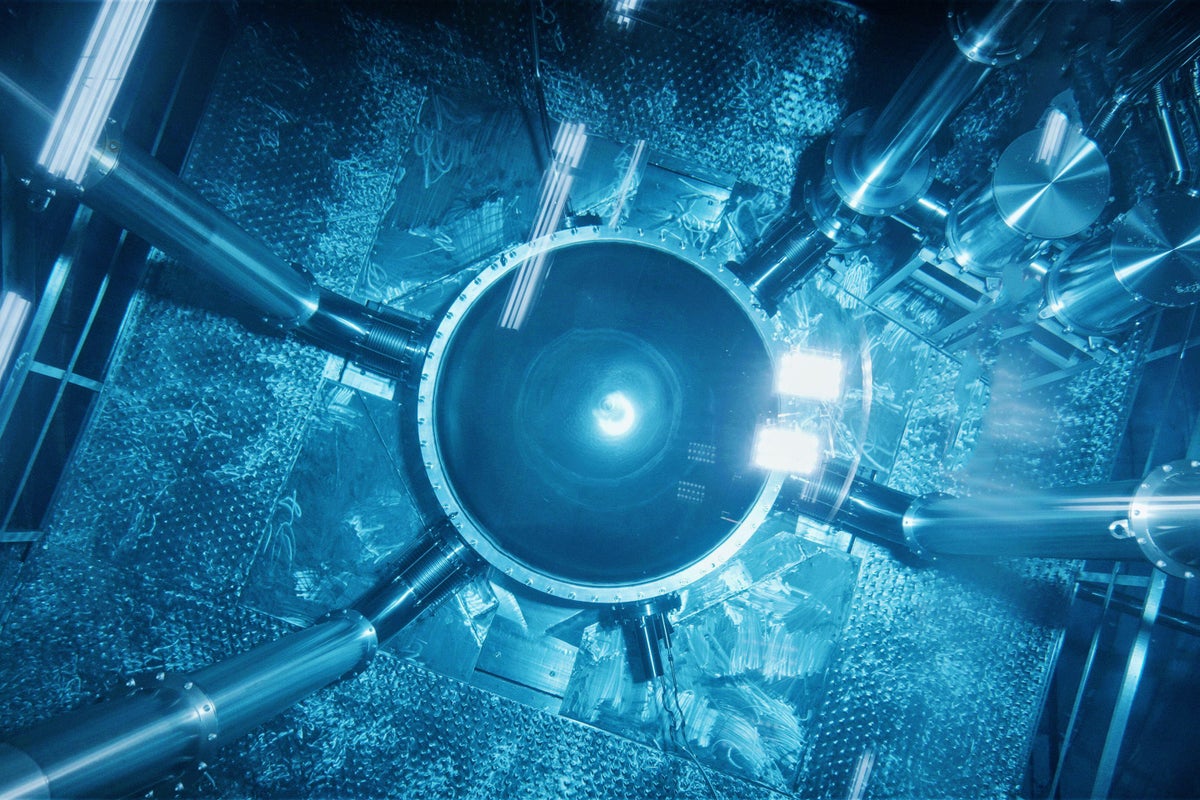With the detection of a long-predicted “neutrino fog,” the search for particles of dark matter has entered a new age of both possibility and peril.
The decades-long search for dark matter could ultimately end in an impasse.
This mysterious substance that is thought to hold galaxies together should also surround and even stream through our bodies. Yet we do not see or feel it because dark matter infrequently interacts with normal matter.
In the hopes of detecting rare collisions between supposed dark matter particles and atomic nuclei, physicists have built increasingly large detectors that pick up on faint signals and have buried them deep underground, far away from cosmic rays and most forms of interference.
Now the detectors have picked up on something else altogether: solar neutrinos, tiny, ghostly particles which sail through normal matter and may mask dark matter signals.
Catching a glimpse of what physicists have dubbed the “neutrino fog” underscores the remarkable sensitivity of current detectors but also sets harsh limits on the possible futures of current dark matter search methods.


